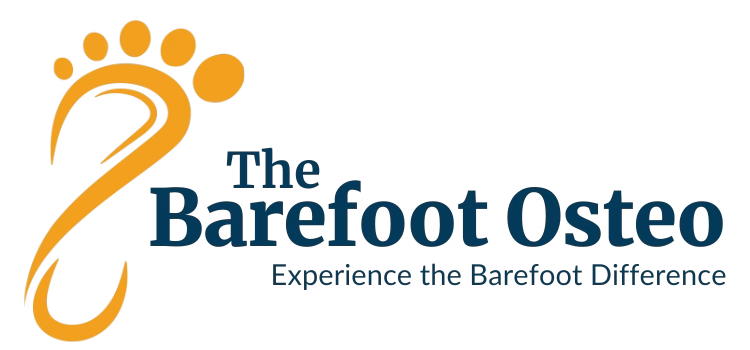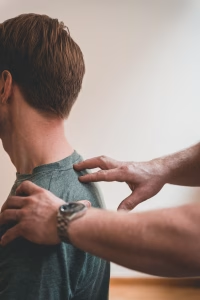Shoulder pain is one of the most common issues that can affect people of all ages, often stemming from injuries, overuse, or poor posture. Tasks as simple as reaching for a shelf or carrying a bag can become a challenge, limiting your daily activities and quality of life. For those seeking an effective, holistic approach, osteopathy for shoulder pain provides a tailored solution that targets the root causes rather than just the symptoms.
The shoulder’s complex structure makes it prone to various problems, from rotator cuff injuries to impingement syndromes. Osteopaths focus on restoring balance and function by addressing not just the affected area but also how it interacts with the rest of your body. By understanding the unique biomechanics of your shoulder, osteopathy can help reduce pain, improve mobility, and prevent future issues.
In this blog, we’ll explore the anatomy of the shoulder, common causes of pain, and the evidence-based osteopathic techniques that can provide lasting relief. Whether you’re dealing with chronic discomfort or an acute injury, discover how osteopathy can help you regain strength, mobility, and confidence.
Anatomy of the Shoulder
The shoulder is one of the most mobile joints in the human body. It is made up of three main bones: the humerus (upper arm bone), scapula (shoulder blade), and clavicle (collarbone). Together, these bones create the shoulder girdle, which includes:
- Glenohumeral Joint: This is the ball-and-socket joint where the humerus meets the scapula. It allows the shoulder to move in many directions but can easily become unstable. This joint is crucial for overhead movements but can often suffer from problems like rotator cuff injuries.
- Acromioclavicular Joint: This joint connects the clavicle to the scapula and plays a key role in overhead and rotational motions. Athletes or people who do a lot of lifting often experience issues here due to repetitive stress.
- Sternoclavicular Joint: This joint links the clavicle to the sternum and helps with overall shoulder movement. While it’s less commonly injured, pain or dysfunction here can still affect how the shoulder works.
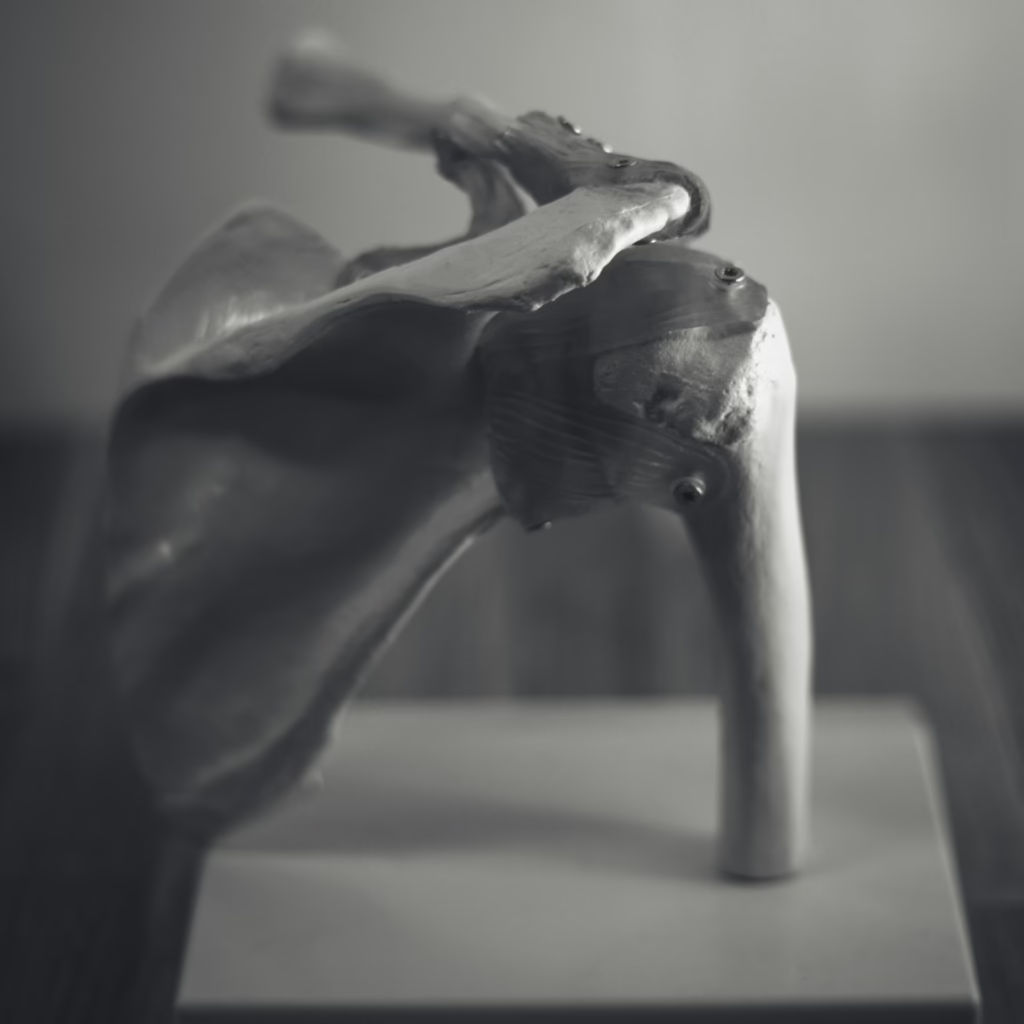
The shoulder also relies on support from:
- Rotator Cuff Muscles and Tendons: These four muscles (supraspinatus, infraspinatus, teres minor, and subscapularis) stabilize the shoulder and allow it to rotate and lift. They’re crucial for movement but can easily become strained from overuse or poor posture.
- Bursae: These small, fluid-filled sacs reduce friction between the bones, tendons, and muscles. If they become inflamed, a condition called bursitis, they can cause significant pain.
- Ligaments: These tough bands of tissue connect the bones and provide stability. Ligament injuries can lead to joint instability and are common in people who have dislocated their shoulder.
All these parts work together to give the shoulder its incredible range of motion, but they also make it more vulnerable to injury. Because the shoulder depends on nearby areas like the thoracic spine and ribcage, issues in those areas can make shoulder problems worse.
Common Shoulder Problems
Several conditions can lead to shoulder pain. Some of the most common include:
- Rotator Cuff Injuries: These can happen from repetitive overhead motions or sudden trauma. The severity can range from mild inflammation to complete tears, which can weaken the arm and limit movement.
- Frozen Shoulder (Adhesive Capsulitis): This condition causes the shoulder to become stiff and restricts movement. It often develops slowly and can last for months or even years, especially after an injury or period of immobility.
- Tendonitis and Bursitis: These involve inflammation of the tendons or bursae, usually due to overuse. These conditions often occur together and can create what’s known as shoulder impingement syndrome.
- Osteoarthritis: This is the gradual breakdown of the cartilage in the shoulder joint, which leads to pain, stiffness, and reduced mobility. It’s more common in older adults or those who have had previous shoulder injuries.
- Joint Instability: This occurs when the structures supporting the shoulder can’t keep it in place. It’s common in people with ligament injuries or hypermobility, and it can result in frequent dislocations.
Each of these conditions varies in severity and may require a personalized approach to ensure proper treatment and lasting relief.
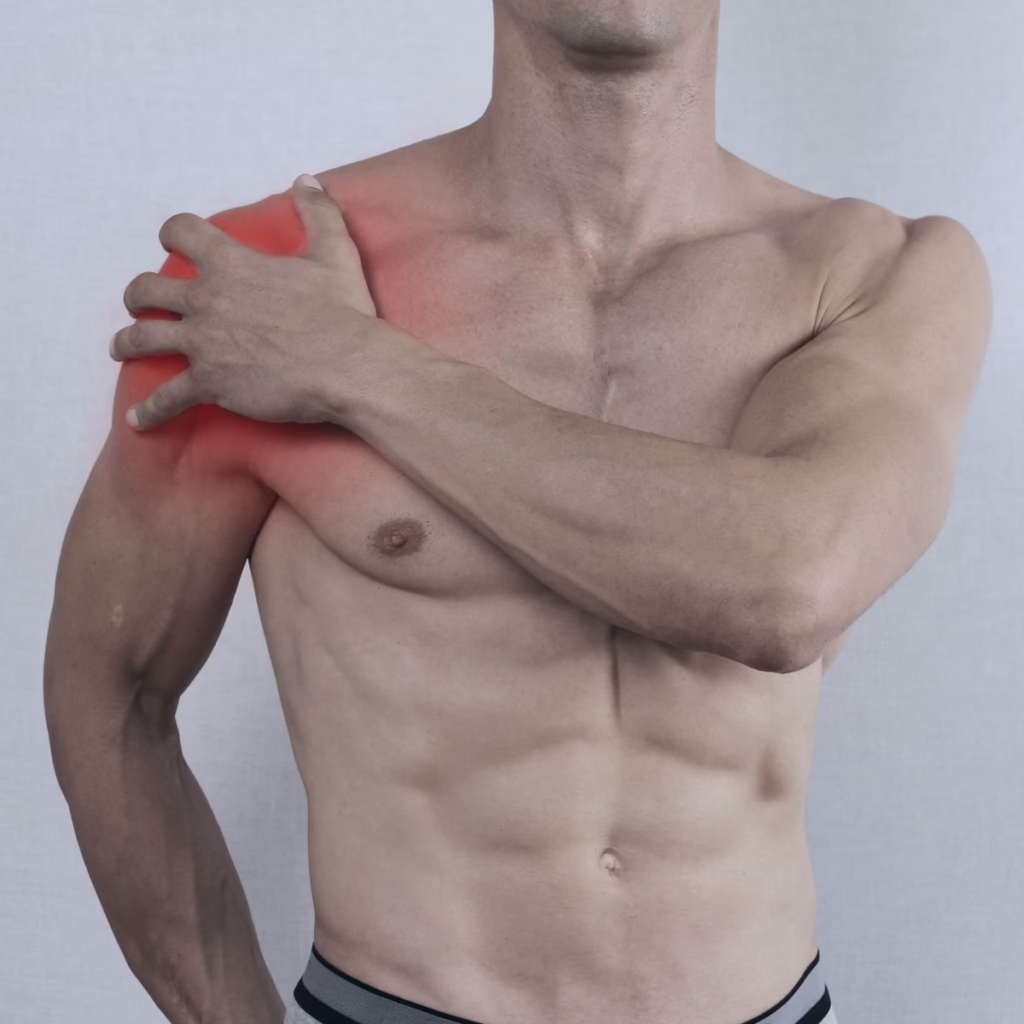
Shoulder Pain Through an Osteopathic Lens
Osteopaths treat the body as a whole system, which makes their approach especially helpful for shoulder pain. Rather than just focusing on the painful area, osteopaths examine how the shoulder interacts with other parts of the body, like the neck, thoracic spine, and ribs. Problems in these areas can affect how the shoulder moves and functions.
During an osteopathic assessment, the practitioner will take a close look at your posture, movement patterns, and any areas of tension or imbalance. They’ll then use a variety of techniques to address the root cause of the problem. Some of these techniques include:
- Soft Tissue Techniques: These methods target tight muscles and connective tissues to reduce tension and improve blood flow. For example, releasing tightness in the trapezius or rotator cuff can ease pressure on the shoulder joint.
- Joint Mobilization: Gentle manipulation of the shoulder joint and nearby areas helps restore natural movement patterns and improve alignment. This can also enhance how the shoulder interacts with adjacent structures like the scapula.
- Postural Correction: Poor posture, often caused by sitting at a desk or using improper ergonomics, can put extra strain on the shoulder. Osteopaths provide guidance on how to improve posture and reduce this strain.
Osteopaths may also use techniques like cranial osteopathy or myofascial release to address more subtle issues that affect the body’s overall mechanics. By combining these approaches, osteopathy not only relieves pain but also addresses the underlying causes, helping patients maintain better shoulder health in the long term.
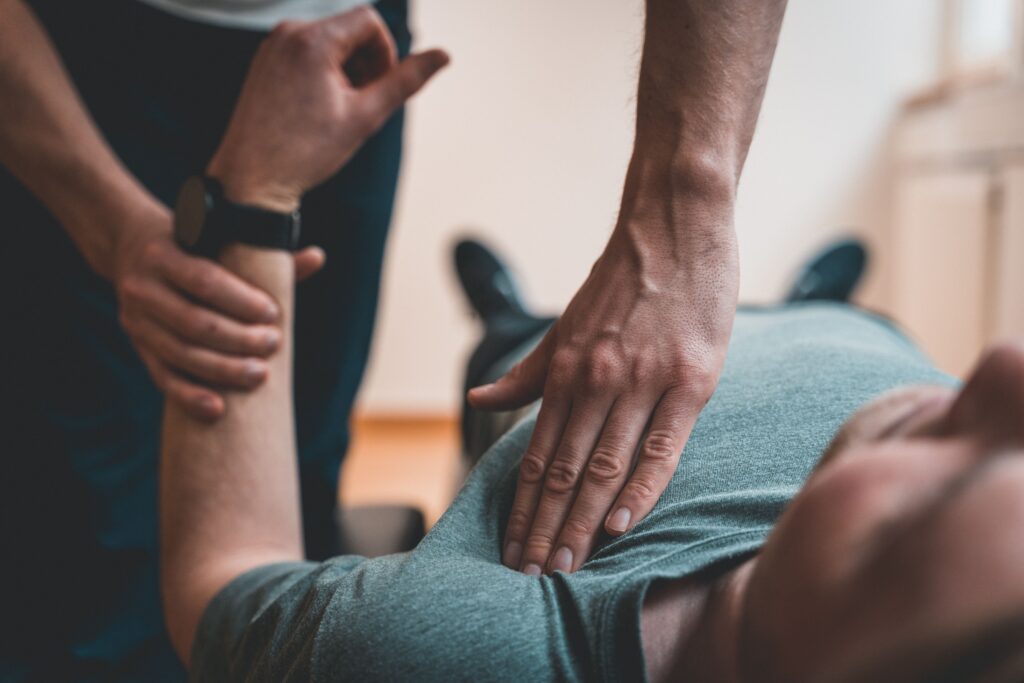
FAQs About Shoulder Pain and Osteopathy
What are the common causes of shoulder pain?
Shoulder pain often comes from injuries, inflammation, or degenerative conditions like arthritis. Osteopaths also look at factors like poor posture and muscle imbalances that can contribute to pain. In Warrnambool, seeking an osteopath can help identify and manage these issues effectively.
When should I see a healthcare professional for shoulder pain?
If your shoulder pain lasts more than two weeks, is severe, or limits your movement, it’s time to seek professional help. Osteopaths in Warrnambool can pinpoint the source of the problem and offer targeted treatments to restore mobility.
How is shoulder pain diagnosed and treated?
Osteopaths assess your shoulder with a full physical examination and review your medical history. Treatment might include manual therapy, exercises to improve posture, and tips for preventing further issues. For residents of Warrnambool, this comprehensive approach ensures tailored care.
Can shoulder pain be related to other health problems?
Yes, issues like gallbladder disease or heart problems can cause referred pain in the shoulder. Osteopaths are trained to identify these patterns and will refer you to another specialist if necessary.
How can osteopathy help prevent future shoulder pain?
Osteopathy focuses on correcting posture, improving movement, and addressing muscle imbalances. These preventative measures can help stop shoulder pain from coming back and support long-term health.
Is osteopathy safe for older adults with shoulder pain?
Yes, osteopathy is safe for people of all ages, including older adults with conditions like arthritis. The treatments are gentle and tailored to each person’s needs.
Shoulder pain doesn’t have to limit your life or hold you back from doing the things you love. Whether it’s reaching for a high shelf, engaging in your favorite sports, or simply getting through a day without discomfort, relief is possible. With its holistic approach, osteopathy addresses the root causes of shoulder pain, providing not only effective relief but also strategies to enhance overall function and prevent recurrence. By focusing on the interconnectedness of the body, osteopathy helps restore mobility and promotes long-term well-being. If you’re in Warrnambool and struggling with shoulder pain, don’t wait to take action. Book a consultation today to discover how osteopathy can help you regain freedom of movement and improve your quality of life.
Take the first step towards a pain-free future by understanding that your shoulder pain doesn’t have to define you. Osteopathy empowers you to take control of your health through personalized care and practical guidance. Whether you’re seeking immediate relief or long-term prevention, osteopathic care in Warrnambool offers an individualized approach to meet your needs. Schedule your consultation today and experience the transformative benefits of holistic treatment tailored to your body.
References:
Allen G. M. (2018). The diagnosis and management of shoulder pain. Journal of ultrasonography, 18(74), 234–239.
Brun, S. (2012). Shoulder injuries: Management in general practice. Australian Family Physician, 41(4), 188-194.
Gomoll, A. H., Katz, J. N., Warner, J. J., & Millett, P. J. (2004). Rotator cuff disorders: recognition and management among patients with shoulder pain. Arthritis and rheumatism, 50(12), 3751–3761.
Kibler, W. B., & McMullen, J. (2003). Scapular dyskinesis and its relation to shoulder pain. The Journal of the American Academy of Orthopaedic Surgeons, 11(2), 142–151.
Kibler, W. B., & Sciascia, A. (2010). Current concepts: scapular dyskinesis. British journal of sports medicine, 44(5), 300–305.
Kibler, W. B., Sciascia, A., & Wilkes, T. (2012). Scapular dyskinesis and its relation to shoulder injury. The Journal of the American Academy of Orthopaedic Surgeons, 20(6), 364–372.
Lewis J. (2016). Rotator cuff related shoulder pain: Assessment, management and uncertainties. Manual therapy, 23, 57–68.
Longo, U. G., Risi Ambrogioni, L., Candela, V., Berton, A., Carnevale, A., Schena, E., & Denaro, V. (2021). Conservative versus surgical management for patients with rotator cuff tears: a systematic review and META-analysis. BMC musculoskeletal disorders, 22(1), 50.
Pegreffi, F., Paladini, P., Campi, F., & Porcellini, G. (2011). Conservative management of rotator cuff tear. Sports medicine and arthroscopy review, 19(4), 348–353.
Seitz, A. L., McClure, P. W., Finucane, S., Boardman, N. D., 3rd, & Michener, L. A. (2011). Mechanisms of rotator cuff tendinopathy: intrinsic, extrinsic, or both?. Clinical biomechanics (Bristol, Avon), 26(1), 1–12.
